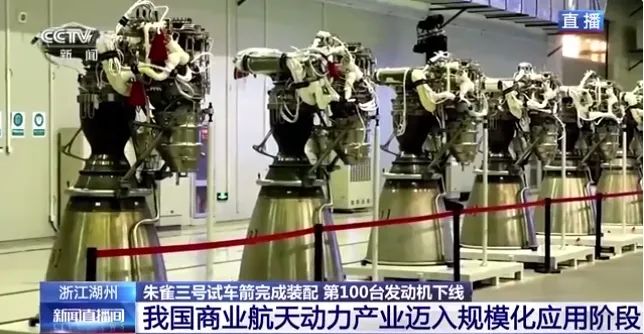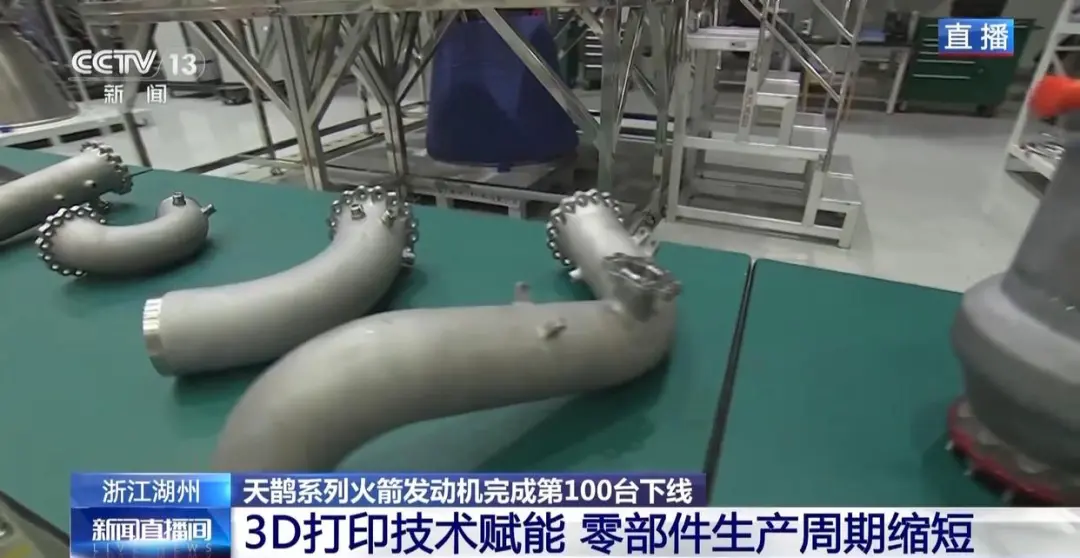On April 15, Blue Arrow Aerospace's 100th Tianmagi series liquid oxygen methane rocket engine officially rolled off the production line, marking that China's commercial aerospace in the field of rocket power system has successfully realized the leap from “single breakthrough” to “batch manufacturing”, and entered a new stage of scaled-up application, which is a milestone for promoting the high-quality and scaled-up development of China's commercial aerospace industry. This is a milestone for promoting the high-quality and large-scale development of China's commercial space industry.

In September last year, the Zhuqiao No. 3 test arrow equipped with the Tianmagi series of engines completed the 10-kilometer vertical takeoff and landing return flight test, marking a breakthrough in China's reusable launch vehicle technology. As the key power core of reusable rockets, the liquid oxygen methane engine's stability, thrust regulation capability and batch manufacturing capability directly affect the reliability and frequency of rocket launches. The traditional process requires cutting, grinding and welding hundreds of parts, which has a high risk of failure; and through 3D printing technology, the parts realize large-scale integrated manufacturing, which improves reliability with higher material utilization rate and shorter production cycle. Xin Jinghe provided metal additive manufacturing solutions for some of the products of the Sky Magpie series engines, batch printing a variety of key components.

These parts are mostly large-size, easily deformed complex structures, with extremely high requirements for dimensional accuracy and forming performance. tsc technical team fully analyzed the structural characteristics and process requirements of the parts, and used LiM-X400 and LiM-X650 equipment for production, and completed the manufacturing task as scheduled. After inspection, the molded parts have high dimensional accuracy, excellent performance and good consistency, and can meet the requirements for use under extreme conditions. This technical solution has helped the Tianmagi series of engines make significant progress in structural integration and thrust performance enhancement.
As a pioneer in the metal 3D printing industry, Xin Jinghe has rich experience in the research and development and manufacturing of metal 3D printing equipment, customized product printing services, structural optimization design and process technology development, which can effectively accelerate the research and development trial production of aerospace products, accelerate the design iteration, and optimize the performance advantages. At present, TSC has launched more than ten LiM-X series SLM equipments, with forming widths ranging from 150mm to 1500mm and net forming heights exceeding 2500mm, and the reliability and stability of the equipments have been widely verified by market applications.
In the future, TSC will continue to promote the deep integration of metal 3D printing technology into the aerospace, energy and power, automotive manufacturing and other industries, helping more users to realize the goals of cost reduction, efficiency and quality improvement.


